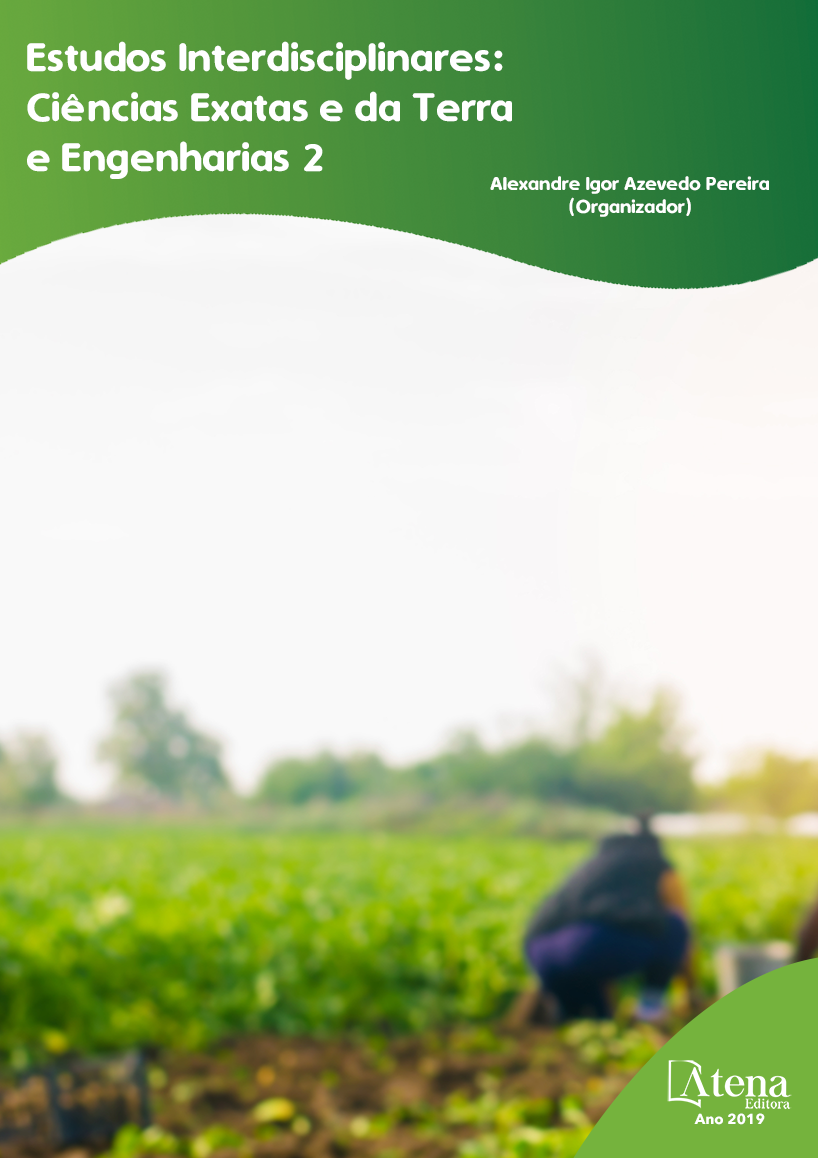
AS NOÇÕES BÁSICAS DE GEOMETRIA ESPACIAL X ORIGAMIS MODULARES VISTOS SOBRE O CONTEXTO DA SALA DE AULA DE TEMPO INTEGRAL
Este trabalho reflete sobre o
contexto da sala de aula de tempo integral e
aborda uma forma diferenciada de apreender
o conceito e trabalhar as noções básicas de
geometria plana (face, aresta, vértice). Objetiva
construir dobraduras em material manipulável
permitindo ao aluno manusear o objeto em
estudo para analisar suas propriedades e
características. Percebe e apresenta como
na contemporaneidade as dobraduras estão
presentes, nas artes e nas formas geométricas,
por exemplo, ressaltando a importância da
geometria para a matemática e quão valiosa
é surpreender os alunos com atividades que
mobilizem a sala. Fala ainda da relação entre
a geometria e origami, colocando o aluno
como um agente ativo nesse ambiente para
mostrar suas técnicas, raciocínio e habilidades.
Concomitante a essa abordagem expõe na
metodologia que as etapas de dobradura
despertaram o espírito de cooperação entre
os alunos e seriedade no processo, pois ao
final as peças de cada um se juntariam para
formar a figura. Destaca que esta atividade foi
desenvolvida com uma turma do tempo integral
do Ensino Fundamental II em uma escola
municipal de Itabirito – MG, com 25 alunos de
idades entre 11 e 15 anos. E por fim, ressalta
que ao final do processo foi possível observar
o envolvimento dos adolescentes participantes
bem como a apreensão do conceito proposto.
AS NOÇÕES BÁSICAS DE GEOMETRIA ESPACIAL X ORIGAMIS MODULARES VISTOS SOBRE O CONTEXTO DA SALA DE AULA DE TEMPO INTEGRAL
-
DOI: 10.22533/at.ed.8771903094
-
Palavras-chave: Ensino de matemática; Origami modular; Educação em tempo integral; Geometria.
-
Keywords: Teaching mathematics; Modular origami; Full-time education; Geometry.
-
Abstract:
This work reflects on the context
of the full-time classroom and addresses a
differentiated way of grasping the concept and
working the basics of flat geometry (face, edge,
vertex). It aims to build folds in manipulative
material allowing the student to manipulate the
object under study to analyze its properties and
characteristics. He perceives and presents how,
in contemporary times, folds are present, in
the arts and in geometric forms, for example,
emphasizing the importance of geometry for
mathematics and how valuable it is to surprise
students with activities that mobilize the room.
He also talks about the relationship between
geometry and origami, placing the student as
an active agent in this environment to show his
techniques, reasoning and skills. Concomitant
with this approach, it is stated in the methodology
that the folding steps have awakened the spirit of cooperation between students and
seriousness in the process, because in the end the pieces of each one would come
together to form the figure. It emphasizes that this activity was developed with a full
- time class of Elementary School II in a municipal school in Itabirito - MG, with 25
students aged between 11 and 15 years. Finally, he points out that at the end of the
process it was possible to observe the involvement of the participating adolescents as
well as the apprehension of the proposed concept.
-
Número de páginas: 15
- José Erildo Lopes Júnior


